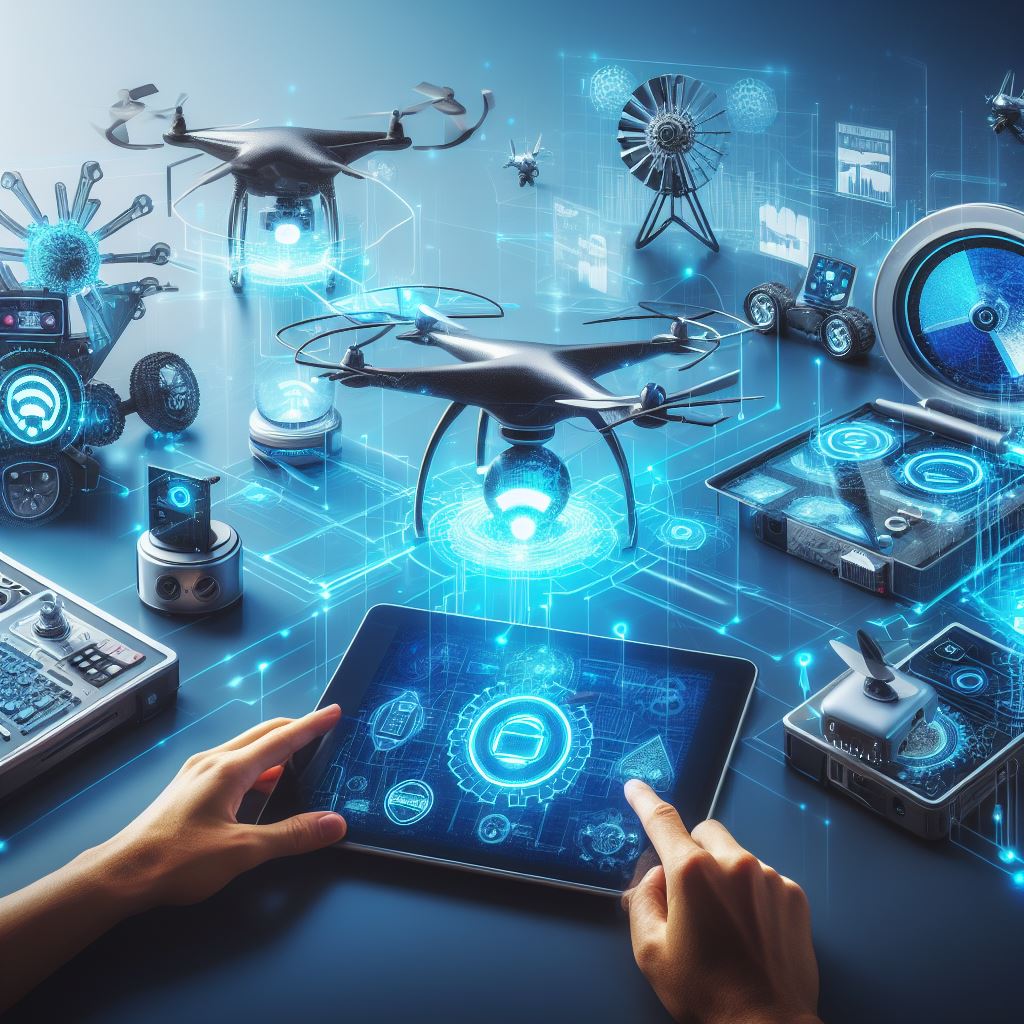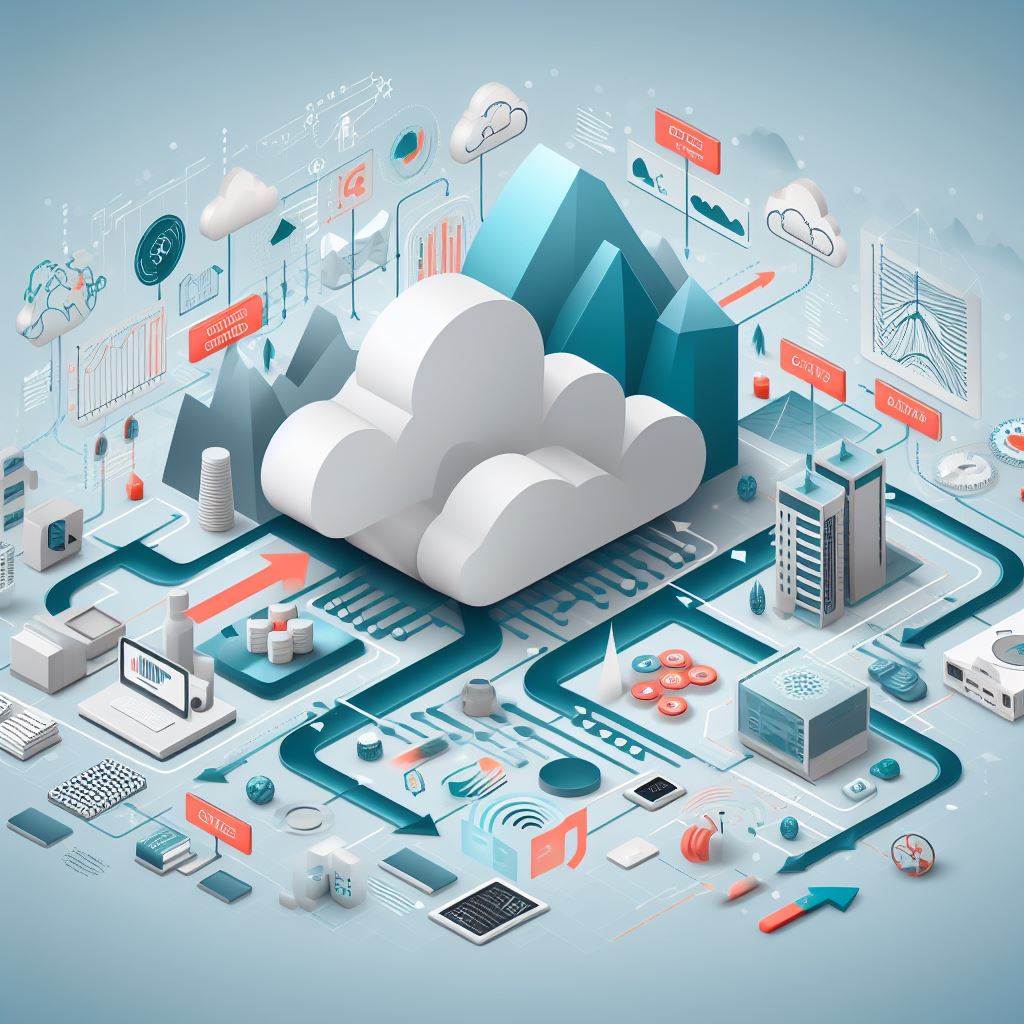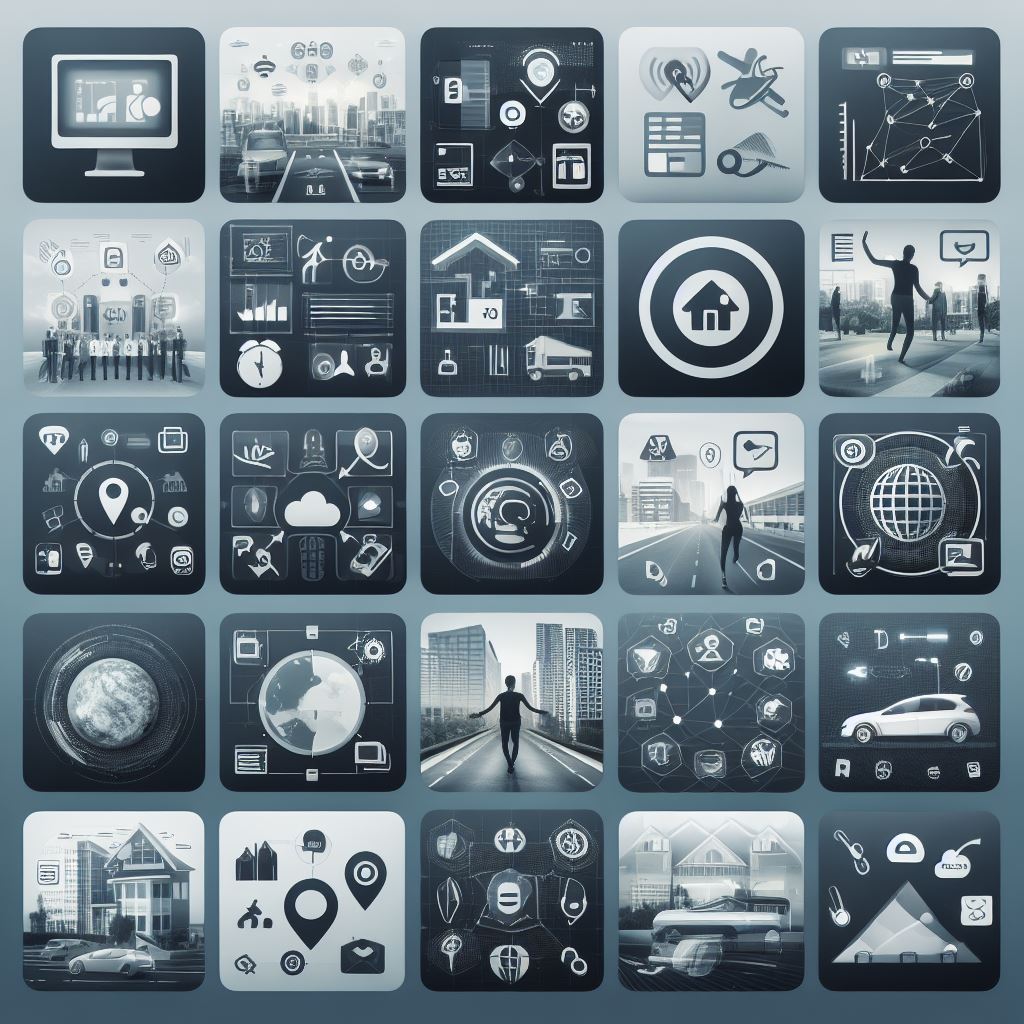
At IoTPrism Lab, we are dedicated to shaping the future of next-generation mobile and pervasive IoT systems to tackle global societal challenges, such as sustainability, as well as to support novel and advanced industrial applications. Our research spans a broad range of topics:

Our edge computing research focuses on enabling low-latency critical applications and supporting high-throughput data applications by offloading data processing tasks nearby their origin. We explore architectures to facilitate data management, caching, and analytics on the edge and on the edge-to-cloud continuum. Additionally, we investigate the application of edge AI solutions on the extreme IoT edge, including resource-constrained devices and micro-controllers. If you’re interested in learning more about our edge computing research, please check out our recent publications on the topic:

At IoTPrism Lab, we understand the importance of interoperability in the rapidly evolving IoT landscape. With hardware and software fragmentation posing a significant challenge to the integration of different devices, platforms, and applications, we are exploring modern architectures that leverage the unifying power of web technologies to enable seamless and automatic integration of every service connected to the internet. Our research goes beyond mere data acquisition, seeing interoperability as the enabler of automatic mashup services and digital twins. By embracing interoperability, we have been able to unlock new levels of innovation and efficiency in several IoT domains and industrial applications characterized by extreme fragmentation of sensing devices, such as structural health monitoring. If you’re interested in learning more about our research on interoperability, please check out our recent publications on the topic:
XXX — Reference to WoT survey
YYY — Reference to WoT Store
ZZZ — Reference to submitted paper (WoT Digital twin)

At IoTPrism Lab, we recognize the critical role that distributed ledger technologies can play in securing machine-to-machine transactions in multi-actor scenarios. Our research focuses on the integration of blockchain technologies with the IoT to create a more secure and reliable monitoring system with a strong emphasis on data immutability. In addition, we are also interested in exploring distributed Oracle-based architectures that enable us to check the veracity of sensor data. If you’re interested in learning more about our research on blockchain for the IoT, please check out our recent publications on the topic:
XXX — Reference to MODRON + blockchain
YYY — Reference to submitted magazine

Our research lab investigates the design and development of cutting-edge solutions for the next generation of IoT systems. The latter will be characterized by highly heterogeneous environments, including autonomous robots moving on land, ground, and water, as well as user-owned devices. Our research is focused on designing distributed management solutions that enable swarm creation and management, leveraging mobility to optimize the system design in real-time. We also specialize in developing interoperability support for seamless data acquisition from heterogeneous robots and integration of mobile and static sensors. If you’re interested in learning more about our research on robotic IoT systems, please check out our recent publications on the topic:
XXX — Reference to IEEE access (eclipse)
YYY — Reference to submitted DDCOS paper

Our research lab is dedicated to developing dedicated data-management solutions to handle, process, and analyze the sensor data produced in large-scale IoT condition monitoring systems. Over the years, we have collaborated on numerous research-oriented and innovation-oriented projects aimed at deploying industrial IoT data management architectures with strict requirements for scalability, interoperability support, modularity, and AI-based analytics. Our research has focused on designing and deploying such architectures while investigating effective workload mobility solutions to ensure seamless and adaptive utilization of the edge-cloud continuum as a unified computation environment. If you’re interested in learning more about our research on condition monitoring systems, please check out our recent publications on the topic:
XXX — Reference to IEEE access (wot mobility)
YYY — Reference to BIREX magazine
ZZZ — Reference to IEEE access paper

Our research lab is dedicated to enabling autonomous IoT systems through the automatic collection and identification of user context. We investigate context-aware computing in two main directions. Firstly, we focus on developing effective, large-scale crowd-sensing solutions where users act as mobile sensors and participate in distributed tasks. Secondly, we explore AI-empowered solutions for context detection and service adaptation while taking privacy concerns into consideration. Our goal is to create innovative and intelligent systems that adapt to users’ needs while ensuring their privacy is protected. If you’re interested in learning more about our research on IoT context-aware computing, please check out our recent publications on the topic:
XXX — Reference to LA-MQTT
YYY — Reference to IEEE Internet of Things Journal